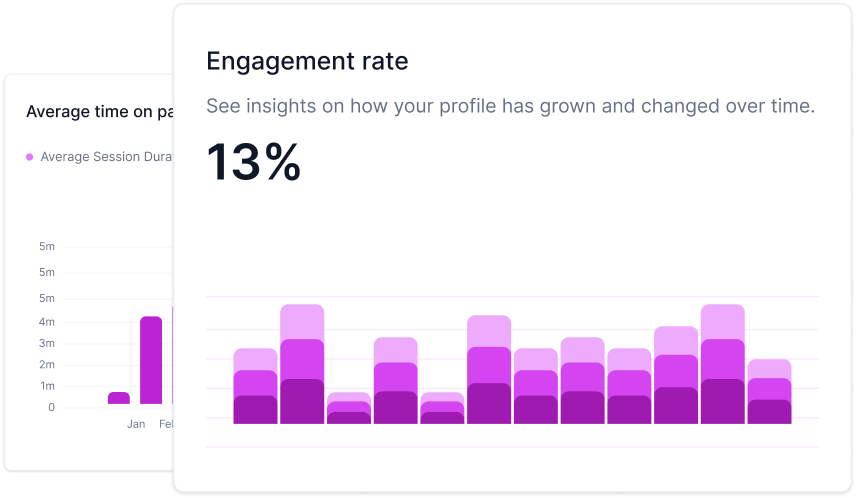What Is SEM, and How Does It Differ from SEO?
SEM, or Search Engine Marketing, is a digital advertising strategy that involves promoting a website or business by increasing its visibility in search engine results pages (SERPs) through paid advertising. In contrast to SEO (Search Engine Optimization), which focuses on organic search results, SEM revolves around paid advertising and sponsored listings.
SEO vs. SEM: A Distinction
- SEO (Search Engine Optimization): SEO is the process of optimizing a website's content and structure to rank organically in search engine results. It involves techniques like keyword optimization, content creation, and backlink building to improve visibility without direct advertising costs.
- SEM (Search Engine Marketing): SEM, on the other hand, uses paid advertising to display ads in search engine results. Advertisers bid on keywords related to their products or services, and their ads are displayed when users search for those keywords.
How Can I Create Effective SEM Campaigns?
Creating effective SEM campaigns requires a strategic approach and attention to key elements:
- Keyword Research: Begin by conducting thorough keyword research to identify the terms and phrases your target audience is likely to search for. Tools like Google Keyword Planner can help you discover relevant keywords with sufficient search volume.
- Compelling Ad Copy: Craft engaging and relevant ad copy that aligns with your chosen keywords. Your ad should communicate a clear message and encourage users to take the desired action, whether it's clicking through to your website, making a purchase, or filling out a form.
- Ad Extensions: Take advantage of ad extensions to enhance your ads and provide additional information to users. These extensions can include site links, callout extensions, and location extensions, depending on your goals.
- Landing Page Optimization: Ensure that the landing page users are directed to after clicking on your ad is optimized for conversions. The landing page should align with the ad's messaging and provide a seamless user experience.
- Bid Strategy: Develop a bidding strategy based on your budget and goals. You can choose from various bidding options, including manual bidding, automated bidding, and cost-per-click (CPC) or cost-per-impression (CPM) bidding.
What Are the Key Metrics to Measure SEM Success?
To gauge the success of your SEM campaigns, focus on these key metrics:
- Click-Through Rate (CTR): CTR measures the percentage of users who click on your ad after seeing it. A higher CTR typically indicates that your ad is relevant and engaging.
- Conversion Rate: Conversion rate tracks the percentage of users who take a specific action you want them to, such as making a purchase, signing up for a newsletter, or filling out a contact form.
- Quality Score: Quality Score is a metric used by search engines to assess the quality and relevance of your ads and keywords. A higher Quality Score can result in better ad placement and lower costs.
- Return on Ad Spend (ROAS): ROAS calculates the revenue generated from your SEM campaigns compared to the amount spent on advertising. It helps determine the profitability of your campaigns.
- Ad Position: Ad position indicates where your ads are displayed on the search engine results page. A higher ad position often leads to more visibility and clicks.

